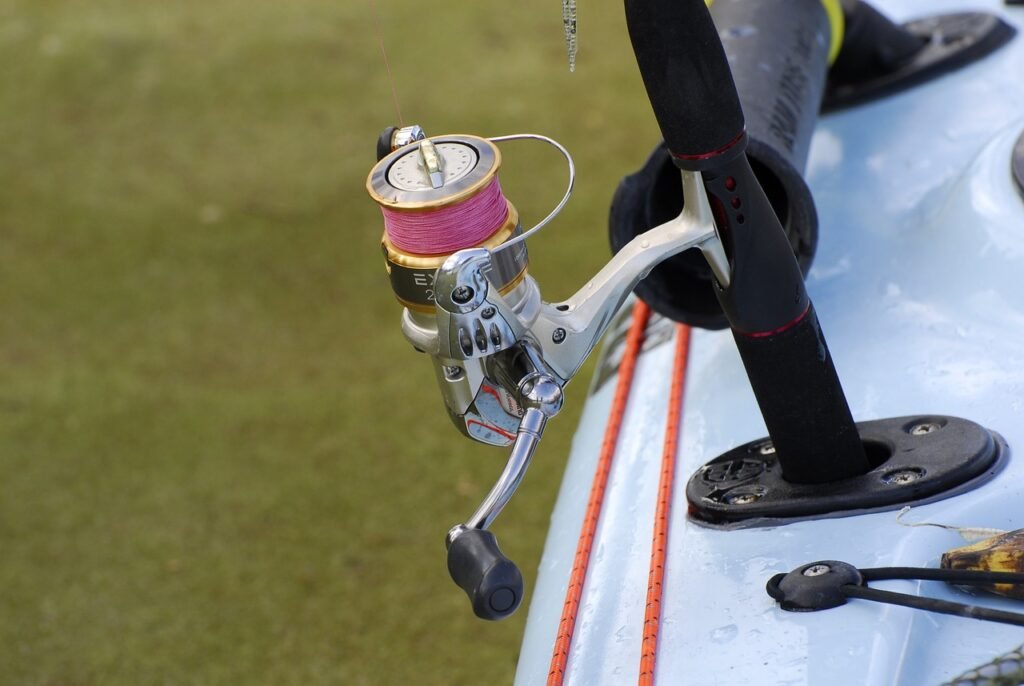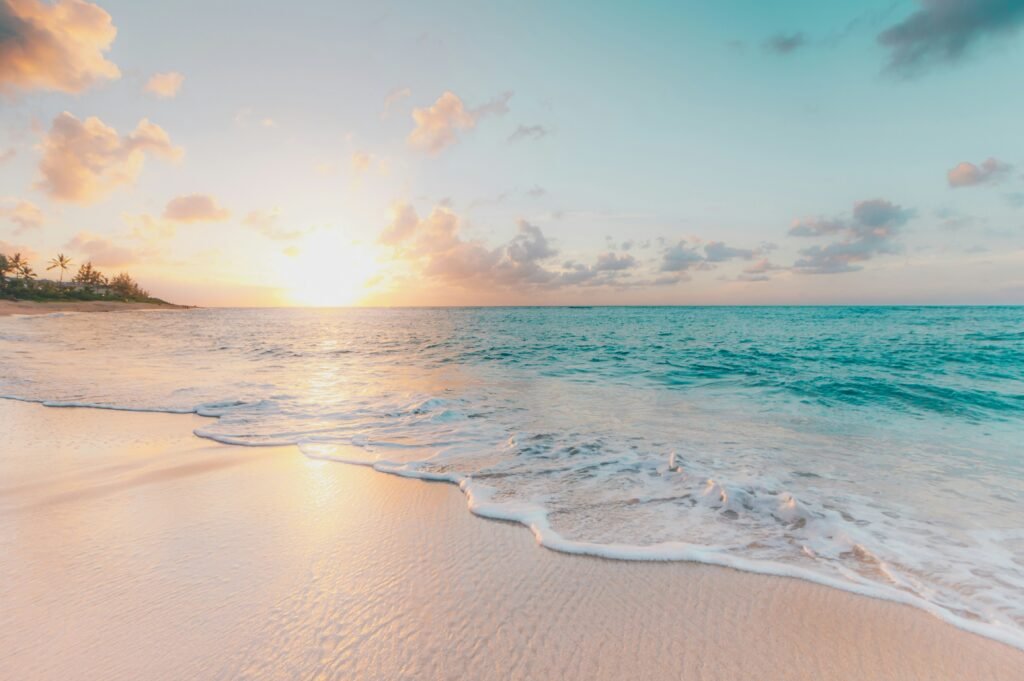The Thrill of Saltwater Fishing
Imagine standing on a boat, the waves gently rocking beneath you, the smell of salt in the air, and the vast expanse of the ocean spread out before you. It’s a scene many anglers dream of – the ultimate escape. Saltwater fishing offers a unique thrill, combining the beauty of nature with the challenge of the catch. Whether you’re a seasoned pro or a newbie, crafting effective saltwater fishing strategies can make all the difference in your fishing adventures. Today, we’ll dive into some tried-and-true tips from the pros to help you enhance your saltwater fishing game.
Understanding the Environment
Know Your Waters
The first step to successful saltwater fishing is understanding the waters you’re fishing in. Saltwater environments vary widely – from the shallow flats of Florida to the deep blue waters of the Gulf of Mexico. Each area has its own unique ecosystem, fish species, and behavior patterns. Research the specific waters you plan to fish in, taking note of the types of fish commonly found there, their habits, and the best times to catch them. Additionally, consider the local regulations and conservation efforts in place to protect these ecosystems. Understanding these nuances not only increases your chances of a successful catch but also ensures you are fishing responsibly.
Tides and Weather
Tides and weather play crucial roles in saltwater fishing. Fish behavior is often influenced by tidal movements and weather conditions. For instance, certain fish are more active during incoming tides, while others prefer outgoing tides. Similarly, some species are more likely to bite during specific weather patterns. Pay attention to tide charts and weather forecasts before planning your fishing trip. Apps and websites dedicated to fishing can be invaluable resources for this information. Furthermore, take into account seasonal changes, as water temperature and salinity can affect fish distribution and activity. By staying informed about these factors, you can better plan your outings and improve your overall experience.
Gear Up: Choosing the Right Equipment
Rods and Reels
Choosing the right rod and reel is essential for a successful saltwater fishing experience. The type of rod and reel you need depends on the species you’re targeting and the fishing technique you plan to use. For example, lighter tackle is suitable for inshore fishing, targeting species like redfish and trout, while heavier tackle is necessary for offshore fishing, where you might encounter larger species like tuna and marlin. When selecting a rod, consider the material—graphite rods are lightweight and sensitive, whereas fiberglass rods are more durable. Reels come in various types as well, such as spinning reels, baitcasting reels, and conventional reels, each suited for different fishing styles and conditions.
Lines and Leaders
The choice of line and leader is equally important. Braided lines are popular in saltwater fishing due to their strength and sensitivity, allowing you to feel even the slightest nibble. They also have a smaller diameter compared to monofilament lines, which helps in casting longer distances. Fluorocarbon leaders are often used because they’re nearly invisible underwater and highly resistant to abrasion, making them ideal for clear-water conditions and fish with sharp teeth. Additionally, considering the pound test strength of your line and leader is crucial, as it should match the size and strength of the fish you aim to catch.
Baits and Lures
Different fish species are attracted to different types of bait and lures. Live bait, such as shrimp, mullet, and squid, is a favorite among many anglers for its effectiveness. However, artificial lures can also be very effective and offer the advantage of being reusable. When choosing lures, consider the color, size, and action that will best mimic the prey of the species you’re targeting. For instance, topwater lures create a splash and mimic the movement of injured baitfish, attracting predatory fish. Soft plastics, jigs, and spoons are other popular choices, each designed to perform specific actions underwater that entice fish to strike. Understanding the behavior and feeding patterns of the fish species you’re after will help you make more informed choices about your baits and lures.
Techniques and Tactics
Casting and Retrieving
One of the most basic yet essential techniques in saltwater fishing is casting and retrieving. When casting, aim for areas where fish are likely to be, such as near structures, drop-offs, or schools of baitfish. Vary your retrieve speed and pattern to see what attracts fish. Sometimes a slow, steady retrieve works best, while other times a fast, erratic retrieve can trigger a strike. It’s also important to pay attention to the type of lure or bait you are using, as different species of fish may respond better to different offerings. Practice your casting technique to achieve greater accuracy and distance, which can make a significant difference in reaching those prime fishing spots.
Bottom Fishing
Bottom fishing is a popular technique for targeting species that dwell near the ocean floor, such as snapper, grouper, and flounder. This method involves dropping your baited hook to the bottom and waiting for a bite. Using a fish finder can help you locate underwater structures where bottom-dwelling fish are likely to congregate. Additionally, using the right type of sinker and hook is crucial for keeping your bait in the strike zone and ensuring a solid hookset. Patience is key with bottom fishing, as it can sometimes take time for fish to find and take the bait. However, the reward of catching a prized bottom-dwelling species makes the wait worthwhile.
Trolling
Trolling involves dragging baited lines behind a moving boat. This technique is effective for covering large areas of water and targeting pelagic species like king mackerel, wahoo, and sailfish. Vary the depth and speed of your trolling lines to find the most productive combination. Experiment with different types of lures and baits, such as artificial plugs, skirted lures, or natural bait like rigged ballyhoo. The key to successful trolling is maintaining a consistent speed and keeping an eye on the lines for any signs of a strike. Trolling can be particularly exciting as multiple lines can be run simultaneously, increasing the chances of a successful catch.
Learning from the Pros
Patience and Persistence
One of the most valuable lessons from experienced anglers is the importance of patience and persistence. Saltwater fishing can be unpredictable, and it often takes time to find the fish and entice them to bite. Conditions such as tides, weather, and water temperature can all impact fishing success, making it crucial to stay patient. Keep trying different techniques, such as changing lures, adjusting your casting distance, or varying your retrieval speed. Don’t get discouraged if you don’t have immediate success; often, persistence is the key to reeling in a great catch.
Observing Nature
Seasoned fishermen know the value of closely observing the natural environment. Birds diving into the water, baitfish scattering, and changes in water color can all be indicators of fish activity. Pay attention to these signs, as they can provide valuable clues about where the fish are and what they are feeding on. Additionally, learning to recognize patterns in nature, such as the behavior of tides and currents, can further enhance your fishing strategy. Use these natural signs to guide your approach, and you’ll likely see an improvement in your success rates.
Continuous Learning
Fishing is an ever-evolving sport, and there’s always something new to learn. Stay open to new techniques, tools, and tips. Join local fishing clubs where you can share experiences and gain insights from other anglers. Participate in online forums and read the latest fishing magazines and books to keep updated on new trends and strategies. Don’t hesitate to seek advice from fellow anglers, even if you consider yourself experienced. The more you learn, the better equipped you’ll be to adapt to changing conditions and succeed in your fishing adventures. Remember, every fishing trip is an opportunity to learn something new and improve your skills.
Embrace the Journey
Saltwater fishing is more than just a hobby – it’s an adventure, a challenge, and a way to connect with nature. By crafting effective strategies and learning from the pros, you can enhance your fishing experience and increase your chances of landing that dream catch. Remember, every fishing trip is an opportunity to learn and grow as an angler. So, gear up, head out, and embrace the thrill of the ocean. Happy fishing!



